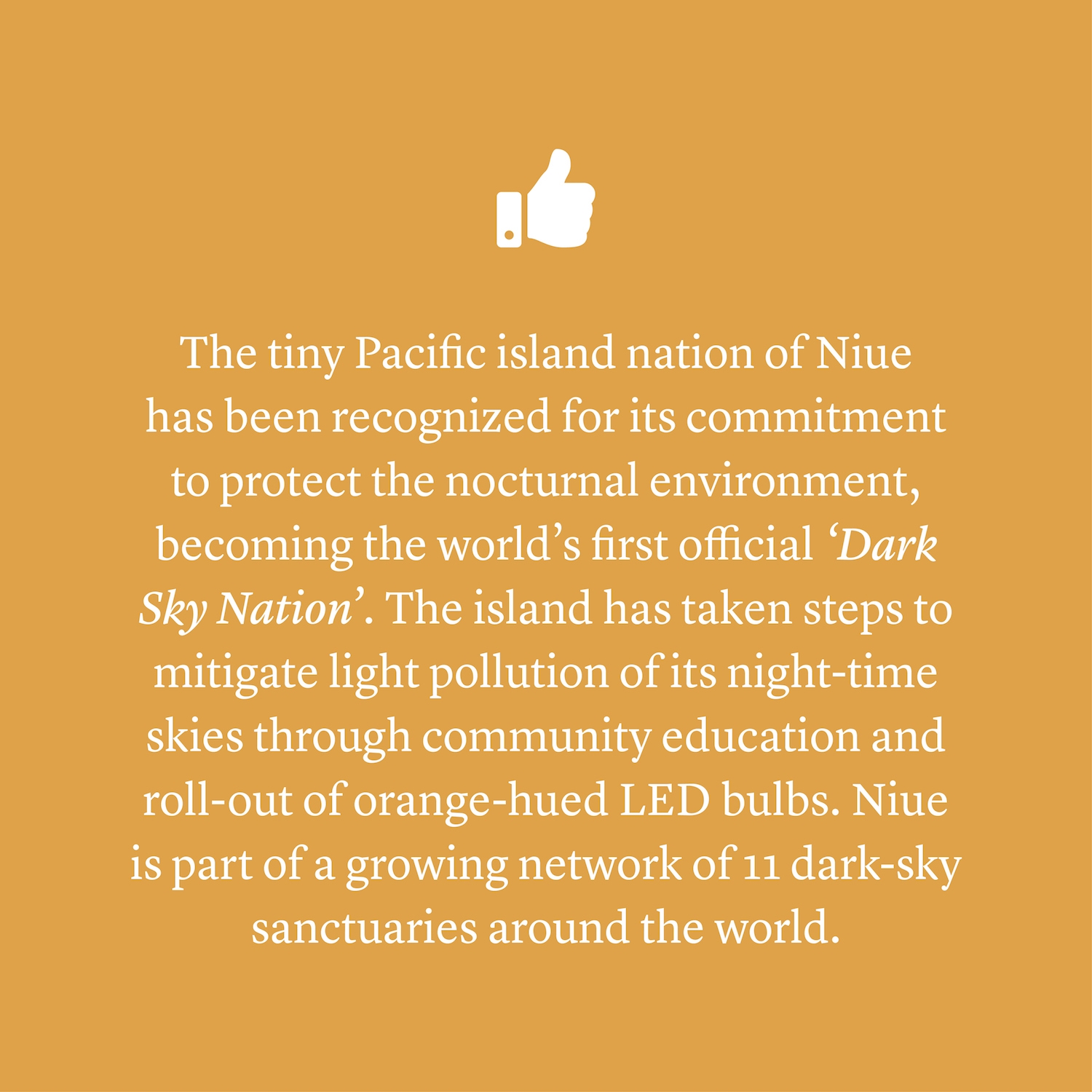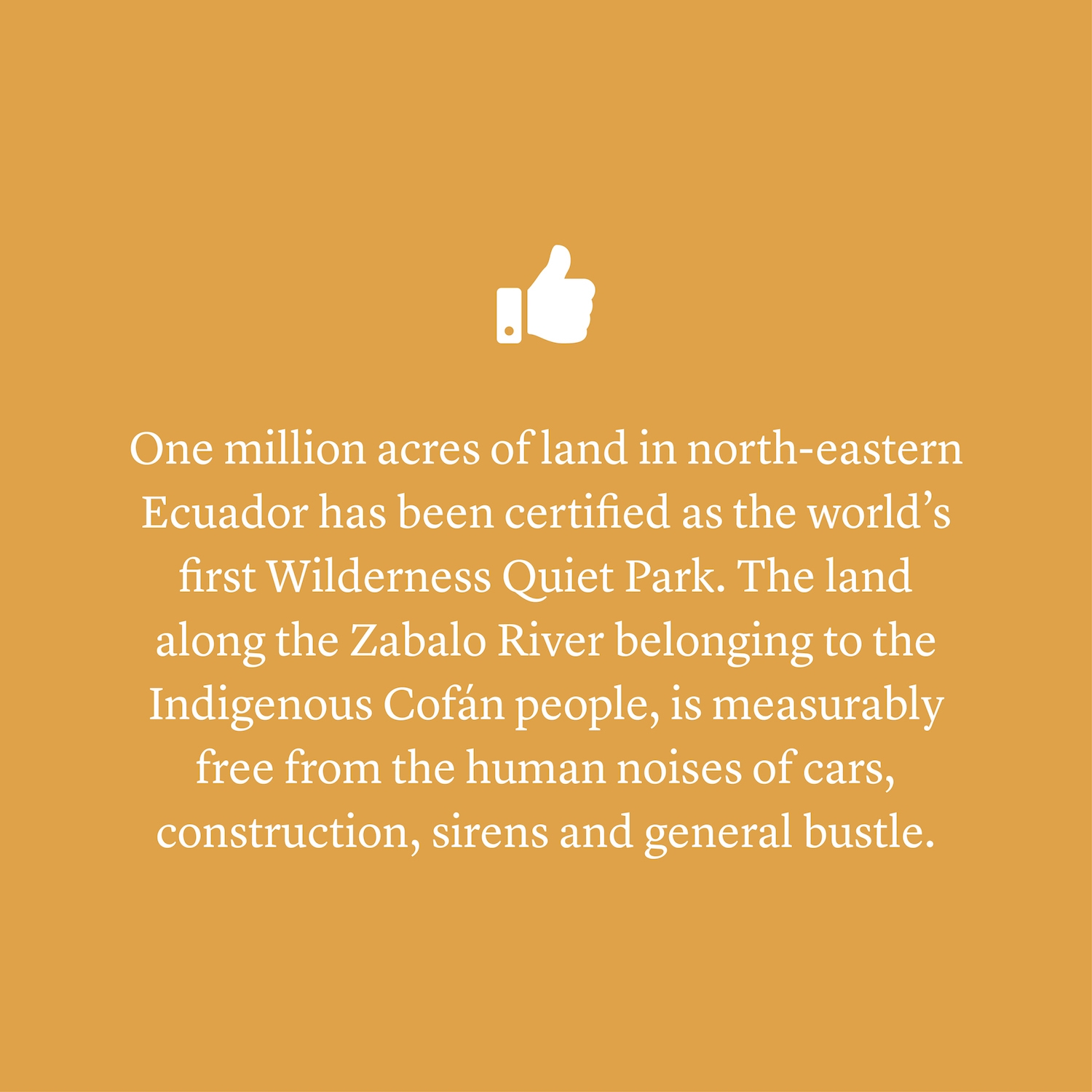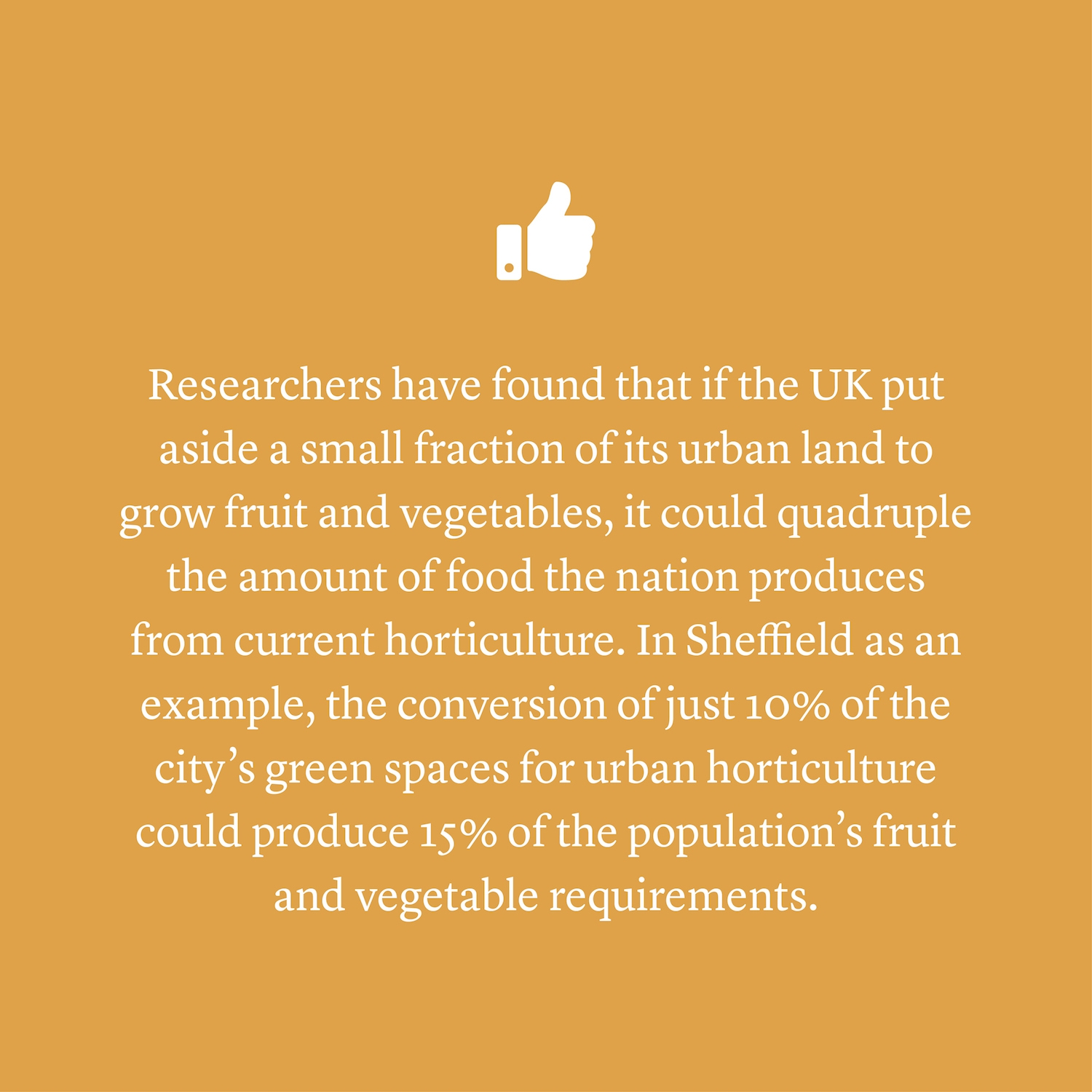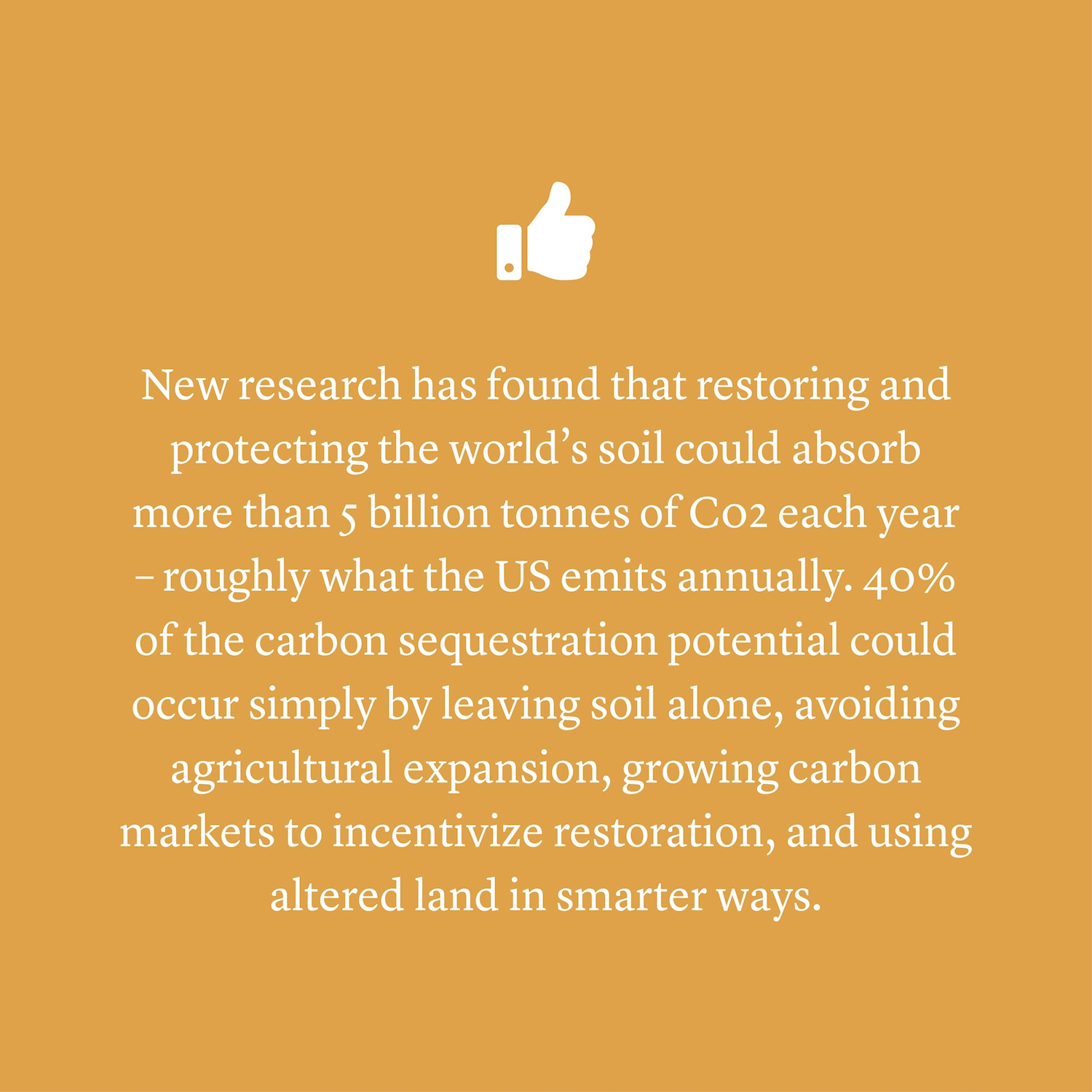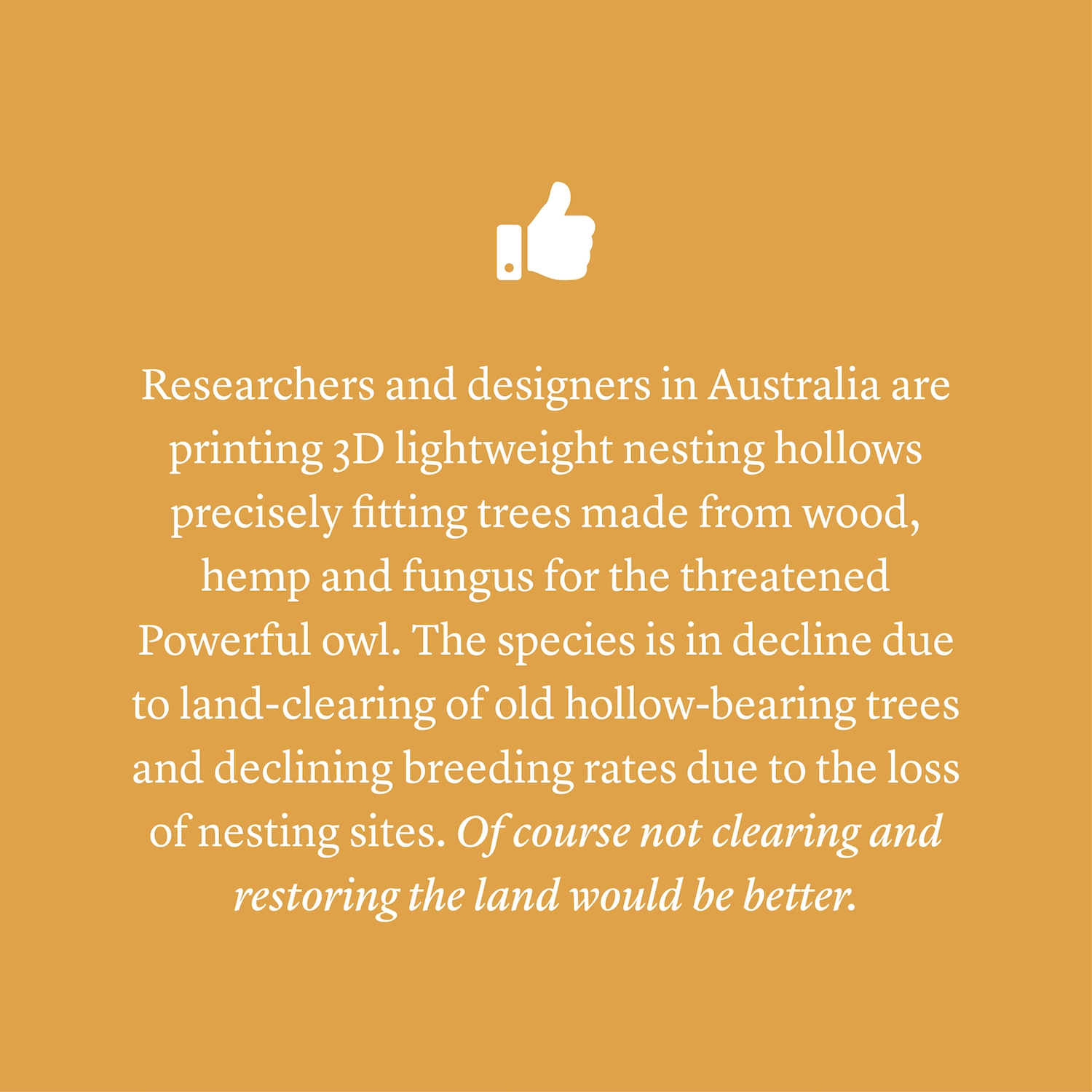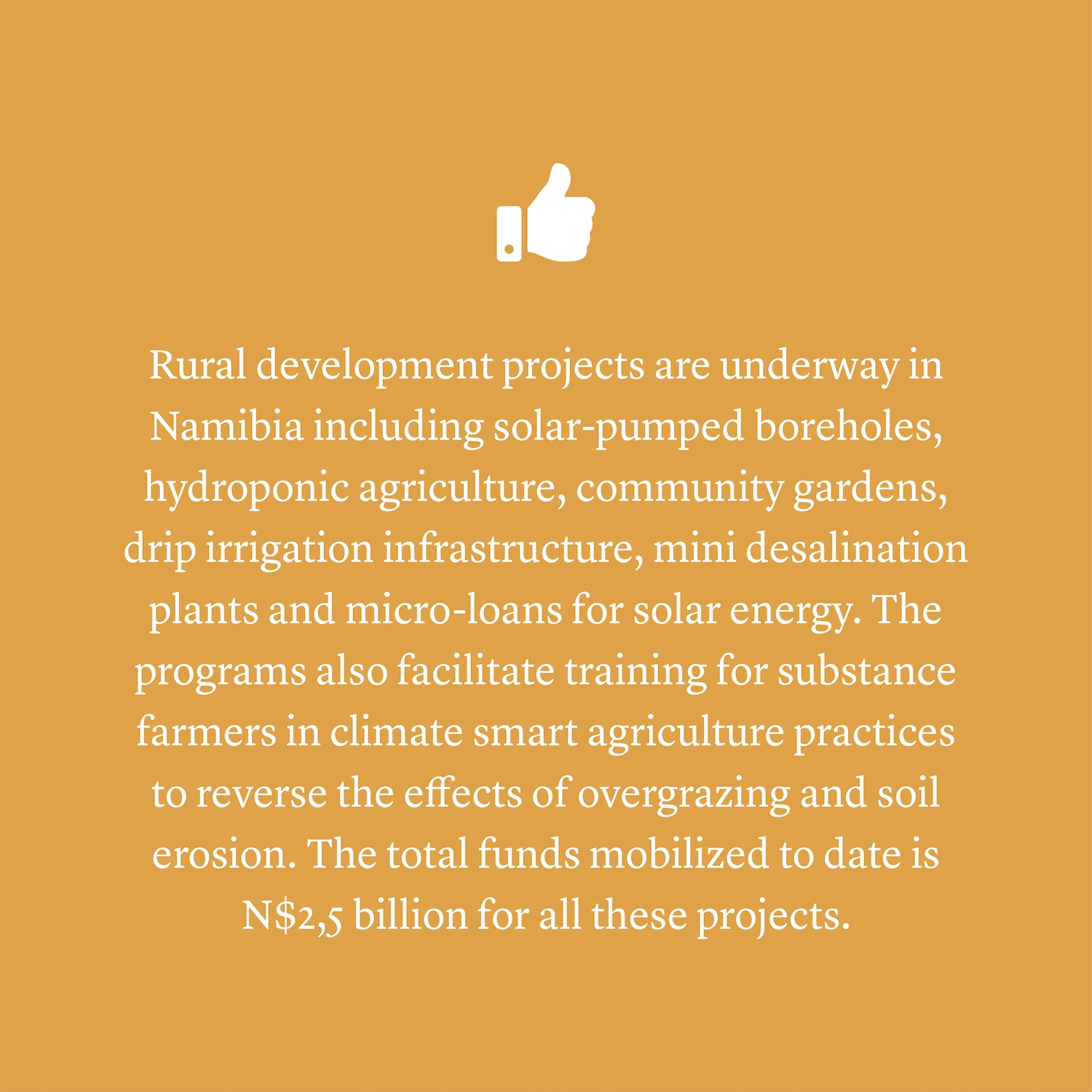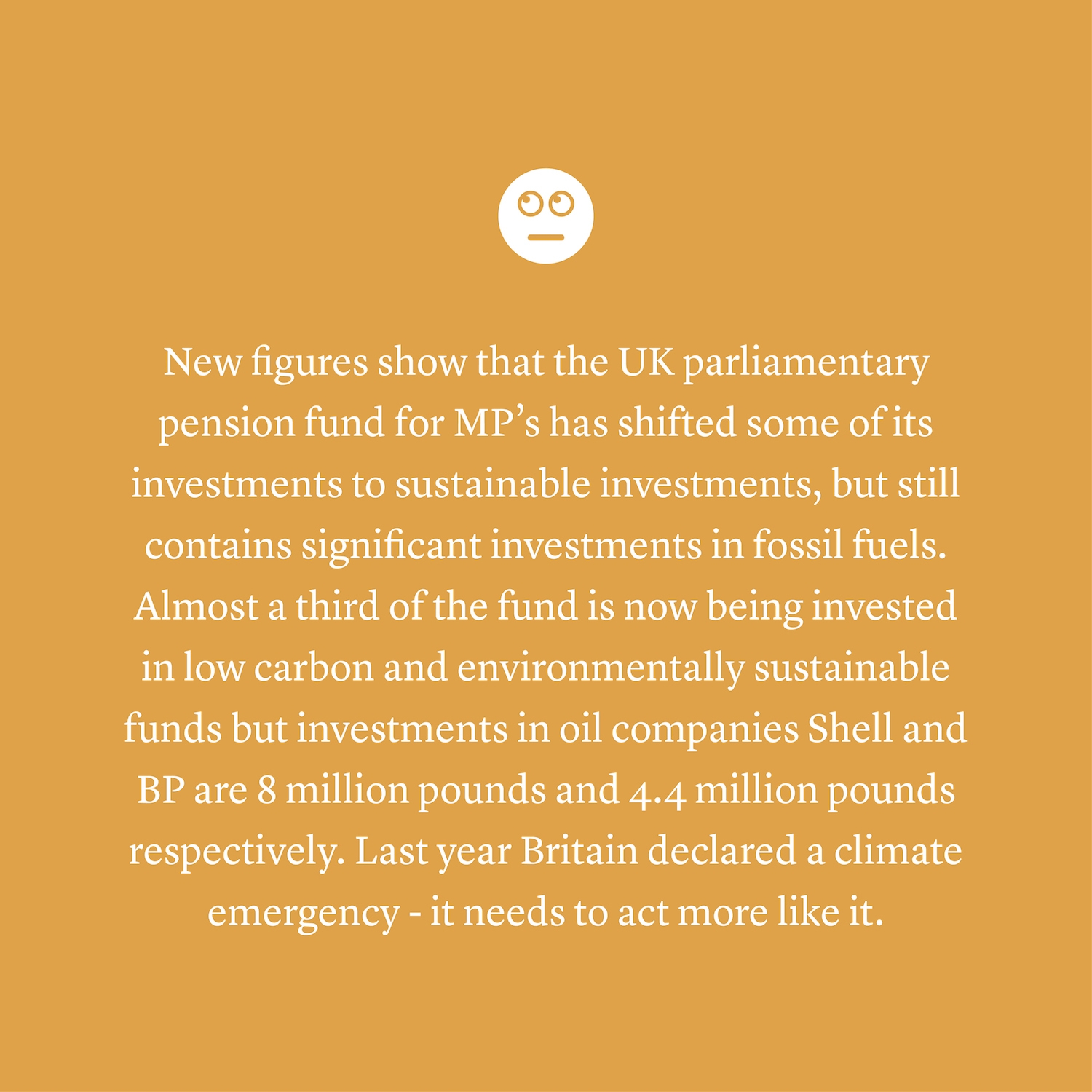Every week we do a major roundup of environmental news across the world. It is really important we all know it and share it, but it can also be pretty disheartening. The bad news is nearly always on a much, much larger scale than the good. The next few years are probably going to look the same as we enter climate feedback loops, profit incentives continue to grow, population increases and we continue to stall on our Paris Agreements. We’re interested in education, understanding systems, and the levers we can all pull for change.
But during this mammoth effort every week, we also get to see lots of little good news stories pass through our initial filter which we’re posting here. We can use these to inspire us, give us ideas in our own communities and potentially scale them up. Environmental good news can often be fairly greenwashed so we’re not interested in that and won’t consider it good news. If you see a story and decide to implement it where you live, we’d absolutely love to hear about it! Please tag us in or email us and let’s create a world of lots of local change which collectively has big impact.
- The tiny Pacific island nation of Niue has been recognized for its commitment to protect the nocturnal environment, becoming the world’s first official ‘Dark Sky Nation’. The island has taken steps to mitigate light pollution of its night-time skies through community education and roll-out of orange-hued LED bulbs. This has important implications for the island’s resident wildlife, including flying foxes, coconut crabs, coral, fish and birds. Light pollution has been shown to disrupt migration patterns, eating habits and reproductive behaviour of animals, as well as the growth patterns and resource allocation of plants. In coastal areas in particular, accounts of turtle hatchlings heading inland instead of to the sea, and corals spawning out of season have been documented. Niue is part of a growing network of 11 dark-sky sanctuaries around the world. (Mongabay / Dark Sky)
- On the other end of the sensory spectrum, one million acres of land in north-eastern Ecuador has been certified as the world’s first Wilderness Quiet Park. The land along the Zabalo River belonging to the Indigenous Cofán people, is measurably free from the human noises of cars, construction, sirens and general bustle. Animals and plants are also sensitive to their soundscape, and loud human noises disrupt communication, growth, reproduction, feeding and predator responses. The organization behind the certification, Quiet Parks International, hopes to expand the network of quiet places of varying grades for the benefit of human wellbeing and environmental preservation. (Vox)
Several climate resilience and adaptation projects have been implemented in Namibia in recent years in a partnership between the government, UN and several European Nations. Rural development projects are underway including solar-pumped boreholes, hydroponic agriculture, community gardens, drip irrigation infrastructure, mini desalination plants and micro-loans for solar energy. The programs also facilitate training for substance farmers in climate smart agriculture practices to reverse the effects of overgrazing and soil erosion. The total funds mobilised to date is N$2,5 billion for all these projects. (Namibian)
- A land management group in northern Australia has adopted an Indigenous burning program to prevent wildfires, conserve the endangered Carpentarian grasswren and improve pasture for graziers. For the last three years, a helicopter dropped embers in remote landscapes to start a series of small fires before the grass dries out, and creates abundant fuel for devastating wildfires. In other parts of the country, traditional ‘mosaic-burning’ practices have been trialled to recover biodiversity of small mammals and birds. After a devastating 2019-2020 fire season, many land managers in Australia have been calling for a more widespread integration of traditional Aboriginal burning practices to manage fuel-loads year round.
- Using the city of Sheffield as a case-study, researchers have found that if the United Kingdom put aside a small fraction of its urban land to grow fruit and vegetables, it could quadruple the amount of food the nation produces from current horticulture. In Sheffield the conversion of just 10% of the city’s green spaces for urban horticulture could produce 15% of the population’s fruit and vegetable requirements. Many countries are completely dependent on complex international supply chains for fresh produce production. Localizing and decentralizing food production is a crucial step in ensuring food security and resilience to future shocks such as extreme weather events and global pandemics. (Science Alert / Phys)
- New research has found that restoring and protecting the world’s soil could absorb more than 5 billion tonnes of C02 each year – roughly what the US emits annually. 40% of the outlined carbon sequestration potential could occur simply by leaving soil alone, avoiding agricultural expansion, growing carbon markets to incentivize restoration, and using altered land in smarter ways. The research reinforces a 2019 IPCC report that calls for the transformation of the agricultural and land sector alongside the energy and transport sector, highlighting the potential for ‘nature-based’ emissions reductions. (Science Alert / Nature Research)
Researchers and designers in Australia are collaborating to 3D print nesting hollows for the threatened Powerful owl. The species is in decline due to widespread land-clearing of old hollow-bearing trees and declining breeding rates due to the resulting loss of nesting sites. Many traditional timber nesting boxes have had little success due to size, temperature and ventilation issues. The researchers can custom design lightweight nests to precisely fit the shape of the target tree, and print them using wood, hemp, or even fungus. (The Conversation)
- Lifestyle audio brand Skullcandy has rolled out an upcycling program for returned or damaged products in the US and Canada. In the first eight months of the program, more than 34,000 products were upcycled for refurbishment, with a portion of sale proceeds going to a winter sports climate advocacy group. After assessing its supply chain, they have partnered with Cali Resources, an electronic recovery facility, to sort, upcyle what can be refurbished, and recycle the remaining components. Apart from diverting unnecessary waste, upcyling provides an additional revenue stream for Skullcandy, and Cali resources also benefits financially from product resales. (Environment Leader)
- More than 500 delivery businesses worldwide have collectively cut more than 11,000 metric tons of carbon emissions thanks to their adoption of route optimization technology. Inspired by the foraging behaviour of honeybees, the company behind the technology used artificial intelligence algorithms to shorten delivery routes by an average of 20%, lowering congestion, reducing fuel consumption and time spent on the road. Service innovations in this area are vital, as the World Economic Forum projects a 36% increase in delivery vehicle numbers, with an associated emission increase of nearly 33%. (Environment Leader)
- New research has reinforced the credentials of electric cars, refuting previous comparisons claiming petrol cars have lower net carbon emissions over their lifetime. The analysis compared the average lifetime emissions, including during its production, while it is being driven and when it is destroyed, of petrol and electric cars sold in 59 regions across the world in 2015. They found that electric vehicles have lower net carbon emissions in 53 out of 59 regions, and this will only improve as countries transition their electricity grids to renewable power. (New Scientist)
- The world’s wind power capacity grew by almost a fifth (20%) in 2019 after a year of record growth for offshore windfarms and a boom in onshore projects in the US and China. Analysts have forecast that global wind power capacity will increase by an additional 76GW (another 20%) in 2020 pending COVID-19 impacts. (The Guardian / But see also BBC on the biodiversity impact)
Calling out greenwashing
UK Pension Fund / New figures show that the UK parliamentary pension fund for MP’s has shifted some of its investments to sustainable investments, but still contains significant investments in fossil fuels. Almost a third of the fund is now being invested in low carbon and environmentally sustainable funds, and 5% in renewable energy infrastructure. However the figures show that investments in oil companies Shell and BP are 8 million pounds and 4.4 million pounds respectively. Last year the British Parliament declared a climate emergency and was among one of the first major economies to enshrine an emissions reduction target of net zero by 2050 into law. The investment changes in the fund have come after 350 current and former MP’s backed divestment from fossil fuels. (Independent / Gov / The Guardian)
